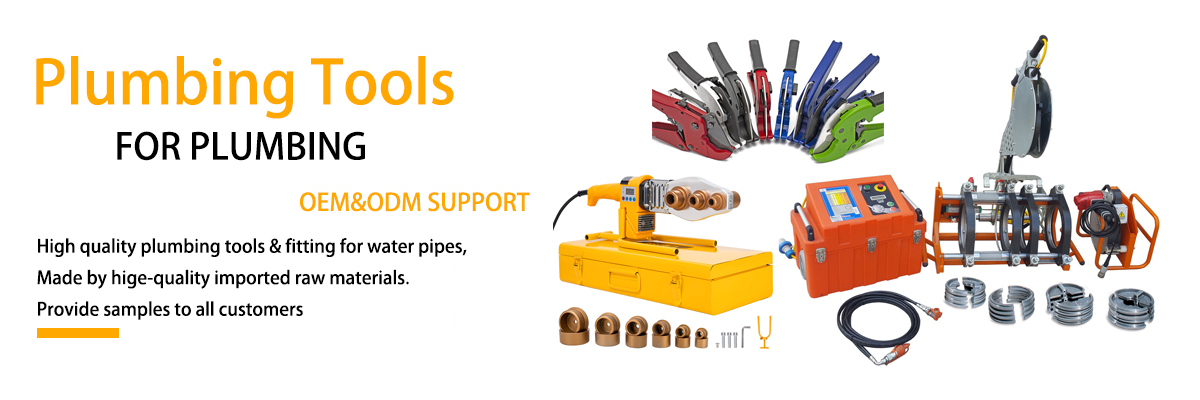Working principle
Heating principle
The pipe hot melt machine transfers heat to a specific heating plate or fixture by electric heating. For example, in a common electric heating pipe hot melt machine, current passes through a heating element (such as a nickel-chromium alloy heating tube, etc.) to generate heat according to Joule’s law (Q=I²Rt, where Q is heat, I is current, R is resistance, and t is time).
After heating to the set temperature, this temperature can make the connection part of the pipe reach a molten state. Pipes of different materials have different melting temperature requirements. For example, the melting temperature of polyethylene (PE) pipes is generally between 190-240℃.
Connection principle
When the two pipe ports and pipe fittings (such as elbows, tees, etc.) to be connected are heated to the appropriate temperature, they are quickly connected and a certain pressure is applied. Under the action of pressure, the molten pipe materials will fuse with each other, and a firm connection will be formed after cooling. This connection method is a hot melt connection, which relies on the diffusion and entanglement between molecules to achieve sealing and strength connection.
Structural composition
Heating system
Includes components such as heating plates and heating tubes. The shape and size of the heating plate are designed according to different pipe specifications to ensure that the pipe port can be heated evenly. The power of the heating pipe determines the speed of heating and the accuracy of temperature control.
Clamping system
It consists of a clamp driven by a hydraulic or pneumatic device. The function of the clamp is to firmly fix the pipes and pipe fittings during the heating and connection process to ensure the accuracy of their relative position. For example, in some large pipe hot melt machines, hydraulic clamps can provide a large clamping force to meet the connection requirements of large diameter pipes.
Control system
The control system is the brain of the pipe hot melt machine. It can set parameters such as heating temperature, heating time, and connection pressure. The operator can make corresponding settings on the control panel according to the pipe material and specifications. At the same time, the control system also has temperature monitoring and feedback functions to ensure the accuracy of the heating process.
Application field
Water supply and drainage engineering
It is widely used in the installation of urban water supply and drainage pipes. For example, in the laying of water supply and drainage pipe networks in new communities, the use of pipe hot melt machines to connect PE pipes can ensure the sealing and stability of pipe connections and prevent water leakage.
Gas transmission project
For the connection of natural gas pipelines, the pipe hot melt machine can ensure the safety of the connection. Since gas is flammable and explosive, the good sealing and high strength of the hot melt connection make it an ideal connection method.
Agricultural irrigation project
In the pipeline laying of the farmland irrigation system, the pipe hot melt machine can easily and quickly connect PVC or PE pipes of various calibers to improve the installation efficiency of the irrigation system.
Operation precautions
Safety
Operators must undergo professional training and be familiar with the operating procedures and safety specifications of the equipment. During use, prevent burns because the surface temperature of the heated pipes and equipment is very high.
Pipeline preparation
Ensure that the pipe port is clean and flat, and remove burrs, dirt and other impurities from the pipe port, otherwise it will affect the quality of the hot melt connection.
Parameter setting
Accurately set parameters such as heating temperature, time and connection pressure according to the pipe material and specifications. If the parameters are set improperly, problems such as loose connection or pipe damage may occur.








